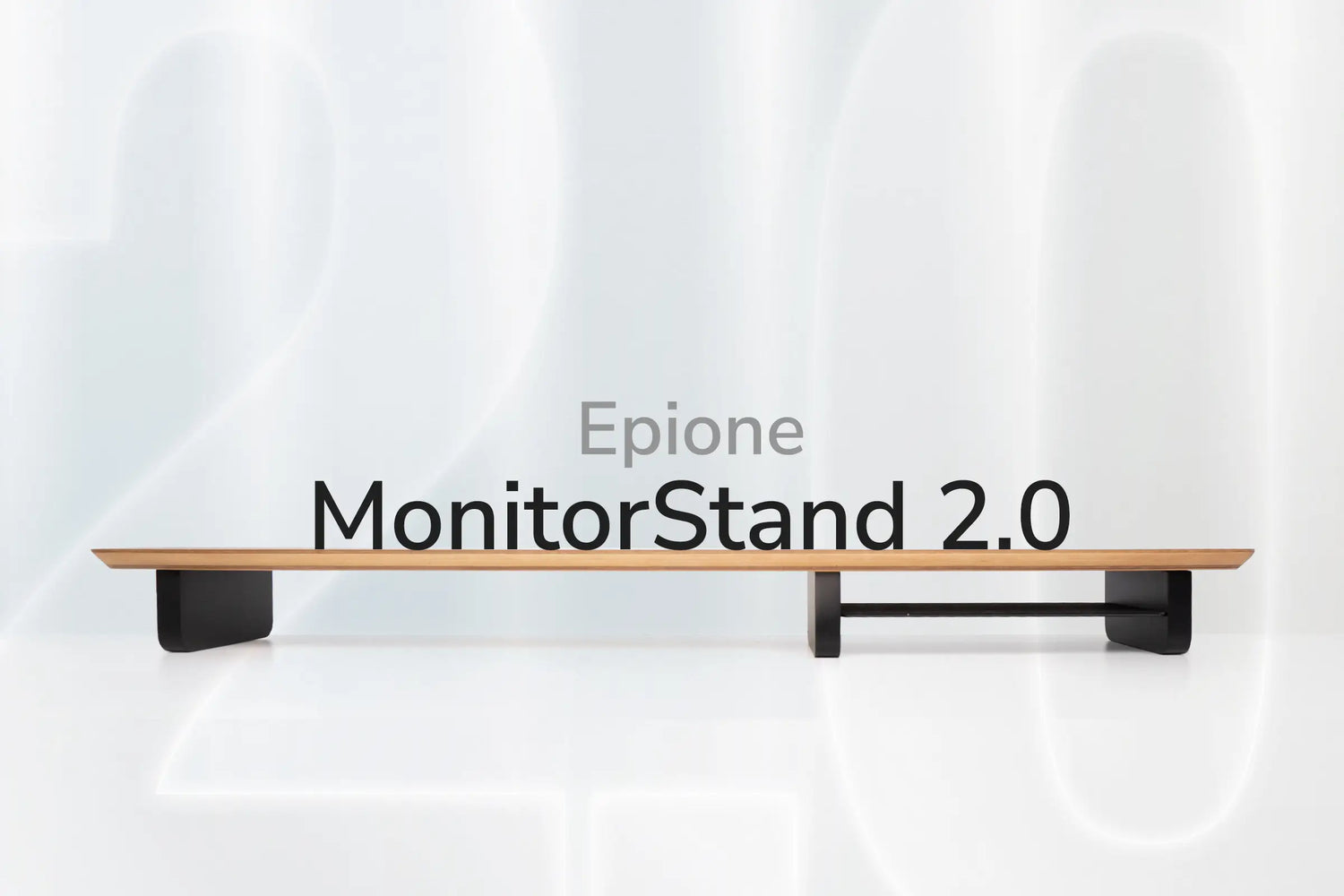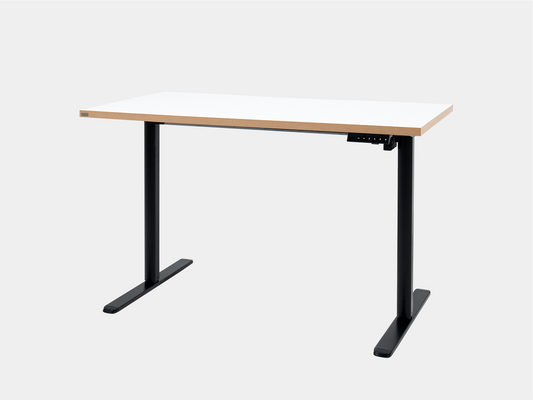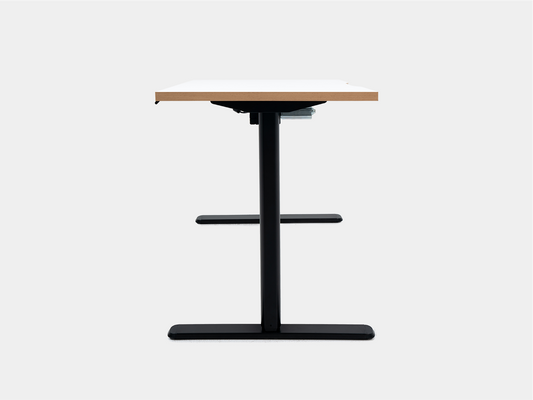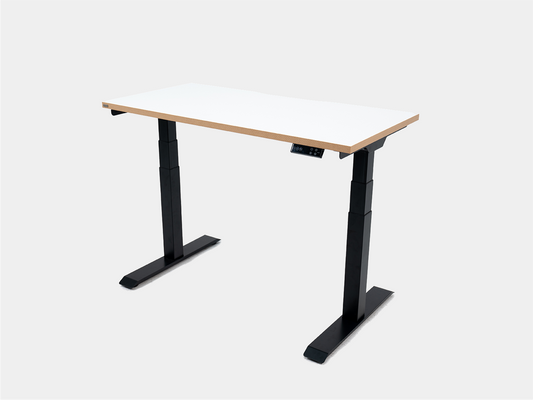OEKO-TEX® STANDARD 100 has become a familiar name in the textile and furniture manufacturing industry. Today, when health and environmental issues are our top priorities, applying this standard to furniture products is not only a smart choice but also a long-term commitment to human health and the Earth. In this article, let's learn about the OEKO-TEX® STANDARD 100 standard in life and its benefits in the furniture industry.

What is the OEKO-TEX® STANDARD 100 standard?
OEKO-TEX is a registered trademark representing the product labels and company certifications issued as well as other services provided by the International Association for Research and Testing in the Field of Textile and Leather Ecology (OEKO-TEX).
The International Association for Research and Testing in the Field of Textiles and Leather Ecology (Oeko-Tex) headquartered in Zürich (Switzerland) was founded in 1992. The founding members are the Hohenstein Institute in Germany and the Austrian Textile Research Institute (OETI). Currently, the Oeko-Tex Association consists of 18 neutral research and testing institutes in Europe and Japan with liaison offices in more than 70 countries around the world.
It is a fact that chemicals in some fabrics can be harmful to your health through breathing, skin contact and saliva. The OEKO-TEX® STANDARD 100 certification addresses these health concerns by providing an independent testing system to verify that products have been tested for any hazardous materials before they reach the consumer.
This certification evaluates more than 300 hazardous chemicals and materials that can be found in items such as textiles, leather, furniture, and children's toys. It ensures that these products do not contain any hazardous materials that could be harmful to humans or the environment.
The certification also ensures that the product meets all mandatory safety standards set by the International Agency for Research on Cancer (IARC).
Since 1992, OEKO-TEX® STANDARD 100 has been the world's most recognized mark for textile safety.
Note that, while a product that is safer for people may also be better for the ecosystem, STANDARD 100 is not a sustainability claim. Sustainability is verified through the OEKO-TEX® MADE IN GREEN label, of which STANDARD 100 is an important part.
Conditions for granting OEKO-TEX® STANDARD 100 certification
The OEKO-TEX® STANDARD 100 certification covers all product types in the textile supply chain, from raw materials, semi-finished products, accessories to finished products. Textile products can only be certified to the OEKO-TEX® STANDARD 100 standard if all components comply with the required criteria. For a garment item, in addition to the outer fabric, testing criteria may include threads, linings, prints as well as non-woven fabrics; textile accessories such as buttons, zippers, rivets or any other accessory parts.
In general, there are also quite a few types of goods that are capable of achieving the OEKO-TEX® certification label. In general, we can mention:
- Any textile product at any stage of processing, from yarn to finished product. This includes natural fibres such as cotton, wool as well as synthetic fibres such as polyester and semi-synthetics such as rayon.
- Other components of the finished product are also tested, including threads, buttons, zippers, linings, dyes and coatings.
- Metal and glass.
- Foams and plastics.
- Skin.
The scope and requirements for testing for hazardous substances according to the OEKO-TEX standard depend on the intended use of the textile product. The more the product comes into contact with the skin, the more sensitive the skin, the more stringent the concentration of hazardous chemicals in the product is required.

STANDARD 100 is divided into four level groups:
- Level I: Products for infants and young children
- Level II: Products that come into direct contact with the skin
- Level III: Products that have little or no direct contact with the skin
- Level IV: Home textile products, furniture, interior decoration materials used for decorative purposes (curtains, tablecloths, carpets...)
Of the above levels, level I is the most demanding level as it must meet all the requirements in the test plus an additional saliva resistance test. The OEKO-TEX® laboratory tests include about 100 test parameters including formaldehyde concentration, pesticides, heavy metals, etc.
After passing the tests, the OEKO-TEX® STANDARD 100 certificate is issued to the manufacturer and is valid for 12 months. After that, manufacturers can renew it annually.
As a consumer, you can check whether the OEKO-TEX® label is genuine using the OEKO-TEX® Label Checker.
Why should you use furniture products that meet OEKO-TEX® STANDARD 100 standards?
According to statistics in December 2009, there were more than 8,500 manufacturers in more than 80 countries participating in Oeko-Tex certification and that number has probably increased significantly to date. This shows that users have been and are very concerned about the health and sustainability of everyday items, and furniture is no exception. Using furniture certified with OEKO-TEX® STANDARD 100 brings many significant benefits to you, your family and the environment, such as:
1. Safe for health
Furniture certified with OEKO-TEX® STANDARD 100 has been thoroughly tested to ensure it is free of harmful chemicals. This helps you prevent the risk of allergies or long-term health problems.
For example, each person usually has to spend at least ⅓ of their time each day sitting at work. So why not invest in safe and quality office furniture products to maximize support for work?

At Epione, interior products are always focused on from the functionality to the safety of the product. You can easily find an ergonomic chair that both ensures a "standard shape" and is user-friendly. The Epione Ergochair Pro 2.0 ergonomic chair is one of the products that applies SHRINX mesh technology and meets the international standard OEKO-TEX® STANDARD 100, "pampering" all skin types.
2. Environmental protection
Nowadays, green lifestyle is loved and pursued by many individuals and organizations. Limiting plastic waste, planting more trees... all aim to reduce the impact on the planet. Therefore, using interior products that meet OEKO-TEX® STANDARD 100 standards is also a way to preserve and develop a sustainable living environment. Because the above standards comply with environmental protection criteria, including reducing chemical emissions and using recycled materials. This helps reduce negative impacts on our planet.
3. Product quality is guaranteed
The OEKO-TEX® STANDARD 100 certification also guarantees product quality because manufacturers have put a lot of effort into developing their products and they have passed rigorous tests to get the above certification. You can trust in the durability and safety of this furniture for a long time.

In the journey to find the perfect interior products for your home, the OEKO-TEX® STANDARD 100 standard has proven to be a prestigious certification for every home. Hopefully, the article has provided you with useful information about the OEKO-TEX® STANDARD 100 standard so that shopping is not simply choosing a product but also choosing peace of mind, quality and responsibility for this green planet.














